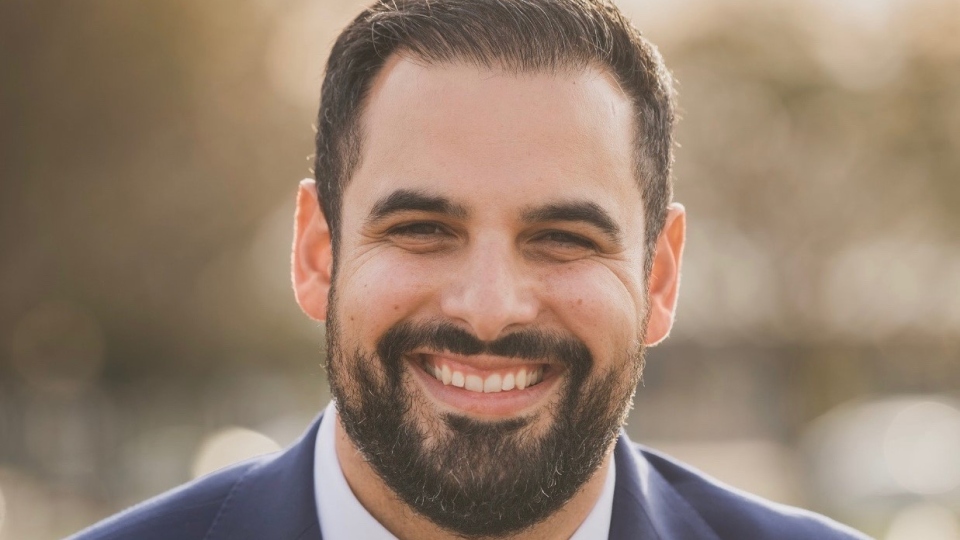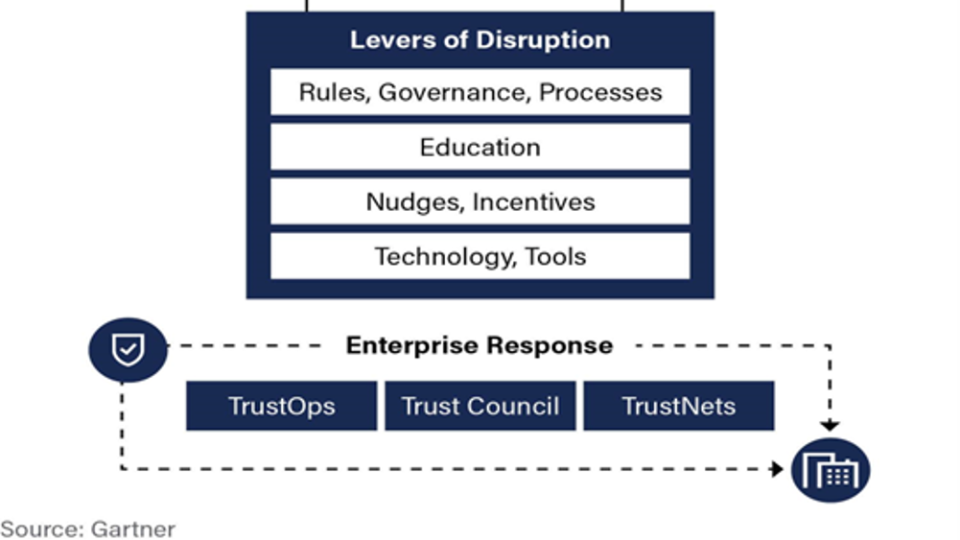
In this Q&A, VAST Data's Phil Manez (pictured) shared insights into its recent partnership with HPE GreenLake that he claims will help partners selling storage solutions get a piece of the lucrative private cloud opportunity.
What are the benefits of the alliance?
The announcement was highly significant for our company, but also provided some pointers to where I believe the future of storage is progressing - and the role channel partners will play. First to the agreement itself. HPE GreenLake for File Storage uses our DASE (Disaggregated Shared Everything) architecture on the Alletra Storage MP platform, which is designed specifically for disaggregated scale-out storage. This is the first time we’ve had our software running on anything other than a white box we have specced out ourselves for contract manufacturers to build.
What does the partnership mean for channel partners?
This means partners have two options. They can provide our very advanced scalable file system as the data layer component in a broader solution or outcome to the customer, with three or four different vendors providing the building blocks of the stack. Or they can deliver it as part of a readymade HPE stack that combines the data layer with virtually everything else they need to deliver a complete outcome, integrated and supported by a single vendor. The choice is between stitching components together and dealing with three or four different vendors and three or four different support organisations or supplying a stack supported by a single vendor.
What does the agreement mean for customers?
There are two areas where this fits in very well for next-generation storage and private/public cloud. The first is in delivering an experience on-prem that feels like the public cloud. To date, I don’t think anyone’s been close. HPE is potentially exceeding that experience because the GreenLake portal is exactly like the Amazon cloud portal. You swipe your credit card, click a button and you get your resources on-prem.
HPE has done a good job of expanding the GreenLake brand. It used to be tied to the consumption model but now there’s a choice of Opex and Capex. Customers want that choice because storage is an asset that grows a lot, it’s not like computing, you can’t spin it up and spin it down again all the time. They might want a public cloud-style operating model but not a public cloud consumption model. Sometimes they might want both.
How does this fit with the wider industry direction?
The public cloud is here, partners can’t avoid that anymore. They aren’t selling infrastructure. But the opportunity is to get closer to the business challenge customers are trying to solve with their data. The conversation is: now the infrastructure is here, what do you want to do with it? What are you trying to do with your data? It’s more at the application layer, about data footprints, how do you feed the application data into different platforms and take advantage of it? There’s a tremendous opportunity to guide customers on where private v public cloud exists. I see a lot of partners drive differentiation in providing that guidance, as opposed to stitching components together.
The opportunity is to have strategic conversations about the value of data, how to unlock it and all the different application development needed to do that. It’s less about integrating different components together, they’re going bigger than that and there’s a lot more money to be made. In storage, we find ourselves battling on a $500,000 deal where the customer is spending $20m on the apps running on that storage. That’s always where the money’s been, so it’s about moving closer to the business challenges.
Partners get that. It’s about how they live in a public cloud world. Now the private cloud is here, it gives them the opportunity to provide more strategy and guidance for customers who might understand they need to be able to use both effectively but are not clear on how to do that.







